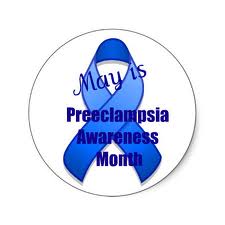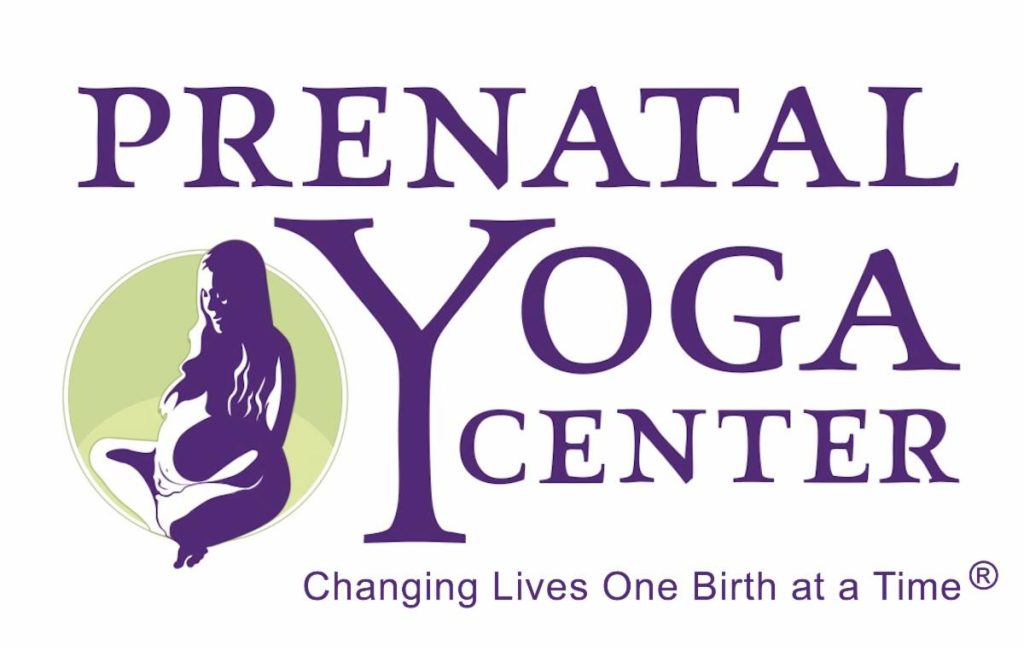I love the month of May. The days start to feel longer… there is the whisper of warm weather leading into the heat of summer. I get to bring out my (much cuter) summer wardrobe. Mother’s Day arrives allowing us to honor the wonderful mamas of the world. And, did you know, May has recently been declared Preeclampsia Awareness Month?!
What is preeclampsia, you ask? And why is there a whole month dedicated to being aware of it? We want to know!
Preeclampsia is pregnancy induced high blood pressure (hypertension) with protein present in the urine after the 20th week of pregnancy. The disorder can range from mild to severe. If it reaches the severe stage it can be rather dangerous for both the mother and child. It effects about 5-8% of pregnancies. If left unattended, in which it moves from pre-eclampsia to eclampsia, the condition can lead to seizures, stroke, organ failure and death.
Signs and Symptoms
-Sudden swelling of the hands, feet and face that does not vary with time of day or activity
-Sudden weight gain
-Persistent headache
-Blurred vision
-Flashing lights or auras
-High blood pressure
-General unwell feeling
-Nausea and/or vomitting
-Pain in the upper abdomen or lower back (These areas of pain may be an indication of liver dysfunction)
Even though there is quite a large list of signs and symptoms, some women do not display any noticeable symptoms in the early stage. This is one reason that your care provider checks your blood pressure and urine at every visit.
However, keep in mind that many of these symptoms resemble general pregnancy discomforts. If you have a headache, it may really just be a headache. Preeclampsia is a metabolic disorder resulting from liver malfunction and leading to contracted blood volume; it is not a set of secondary symptoms alone.(1) But if you are having several of the issues on listed, you should consult with your care provider.
Risk factors
There is still some mystery to the exact cause of preeclampsia. Although more recent research has indicated preeclampsia could start from the placenta not properly adhering to the uterine wall, there is also the belief that those with preexisiting high blood pressure and liver and kidney disorder are more prone to developing preecplamsia. Multiple pregnancies (twins), first time mothers and pregnancy in early teen years, and mothers after 40 are at a higher risk.
Resolving
Once detected, the mother will be closely monitored. Where she is in her pregnancy and the severity of the condition will determine the course of action taken. Delivery of the child resolves preeclampsia. If the mother is suffering from severe preeclampsia and is over 37 weeks, it is often decided to induce labor and deliver the baby. If the baby is not ready to be delivered, the mother may be put on bedrest or admitted to the hospital to stay under close observation. The care provider may also want to review the mpother’s diet and make any necessary changes such as making sure calories, fluid intake and protein are adequate.
Some research supports the use of alternative therapies such as acupuncture and herbs to help manage preeclampisa, lowering blood pressure and increasing circulation. If you are considering these routes, please check with your care provider first and seek professional assistance.
Postpartum Preelampsia
There is the rare exception of preeclampsia developing postpartum. This can occur within the first 48 hours or as late as 4 to 6 weeks postpartum. It is not known what prompts preeclampsia in the postpartumÂit appears to affect mothers who deliver vaginally, with or without an epidural or spinal, and mothers who deliver by cesarean section. However, the mother who delivers via a cesarean loses twice as much blood as the mother who delivers vaginally. This may lower blood pressure and mask the symptoms of preeclampsia. (2) The signs and symptoms are the same as pregnancy preeclampsia. If you are demonstrating some of those issues, contact your care provider.
I hope that this new campaign of Preeclampsia Awareness Month has shed some light on a potentially serious issue. For the pregnant and postpartum moms, please be mindful your state of wellness and don’t be shy about reaching out to your care provider if you think something doesn’t feel right. Trust your mother instincts!
Resources
(1)Holistic Midwifery Frye, Anne. pg 828
(2) The Dangers of Preeclampsia Norton, Kim M. Norton
Preeclampsia Foundation







